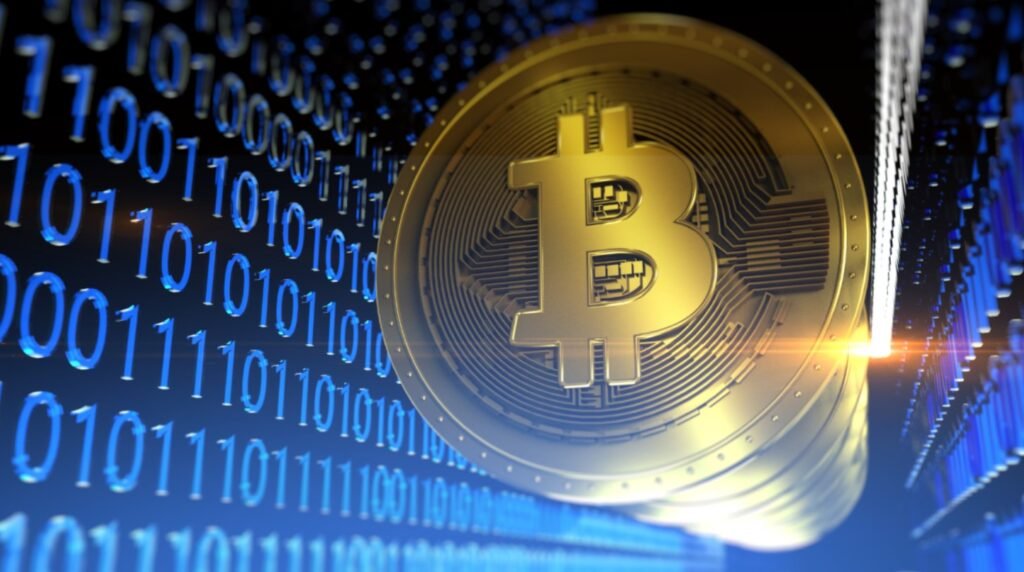The Bitcoin network is experiencing a high level of congestion due to the increasing popularity of inscriptions, a type of digital artifact that allows users to embed data onto the blockchain. Inscriptions, which are similar to non-fungible tokens (NFTs), have accounted for more than 80% of the transactions on the Bitcoin network in the past week, according to data from Dune Analytics.
What are inscriptions and why are they popular?
Inscriptions are a way of encoding data, such as images, texts, audio, or even applications, onto the smallest unit of Bitcoin, called a satoshi. By using a protocol called Ordinals, users can create and transfer inscriptions on the Bitcoin network, and store them in unspent transaction outputs (UTXOs). Inscriptions can be seen as a form of digital art or collectibles that are secured by the Bitcoin blockchain.

Inscriptions have gained popularity in recent months, especially after the Ordinals Summit in May 2023, where several artists and developers showcased their creations and discussed the potential of inscriptions. Some of the most notable inscriptions include Pixel Pepes, Sub100k, Bitcoin Frogs, Space Pepes, Bitcoin Punks, and Sub10k. These collections have generated millions of dollars in sales and trading volume on various platforms, such as OpenSea, Rarible, and Nifty Gateway.
How do inscriptions affect the Bitcoin network?
The surge in demand for inscriptions has resulted in a significant increase in the number of transactions on the Bitcoin network. According to Bitinfocharts, the daily transaction count on Bitcoin has reached over 550,000 on average in the past week, compared to around 300,000 in July 2023. This has led to a backlog of unconfirmed transactions in the mempool, which is the waiting room for transactions before they are confirmed by miners.
The congestion in the mempool has also pushed up the fees for transactions on the Bitcoin network. According to Dune Analytics, inscriptions have generated over $53 million in fees for miners since December 2022. The average transaction fee on Bitcoin has risen to over $7.50 in the past week, according to Bitinfocharts. This means that users who want to send or receive Bitcoin or inscriptions have to pay higher fees or wait longer for their transactions to be confirmed.
What are the implications and solutions for the inscription craze?
The inscription craze has shown that there is a strong demand for digital art and collectibles on the Bitcoin network. However, it also exposes some of the limitations and challenges of scaling Bitcoin to accommodate more transactions and use cases. Some analysts and developers have expressed concerns about the impact of inscriptions on the security and efficiency of the Bitcoin network.
One of them is Willy Woo, a prominent Bitcoin on-chain analyst, who told Decrypt that he wants high transaction fees because they ensure the long-term security of the network when the block subsidy runs out. However, he also acknowledged that high fees compromise the usability and decentralization of the Lightning Network, which is one of the main solutions for scaling Bitcoin. He said that he hopes that developers will find ways to improve the efficiency of the blockchain and reduce its complexity.
Another one is Casey Rodarmor, the chief coder behind the Ordinals protocol, who announced on Tuesday that he is proposing a significant change to how the software numbers inscriptions on the Bitcoin network. He said that he wants to make inscription numbers permanently unstable, meaning that they will change over time depending on how users interact with them. He said that this will simplify the code and facilitate the development of new features and improvements for inscriptions.
The inscription craze is likely to continue as more users discover and create new forms of digital art and collectibles on the Bitcoin network. However, it also poses some trade-offs and trade-offs between security, scalability, usability, and innovation. It remains to be seen how the Bitcoin community will balance these factors and cope with the challenges and opportunities presented by inscriptions.
